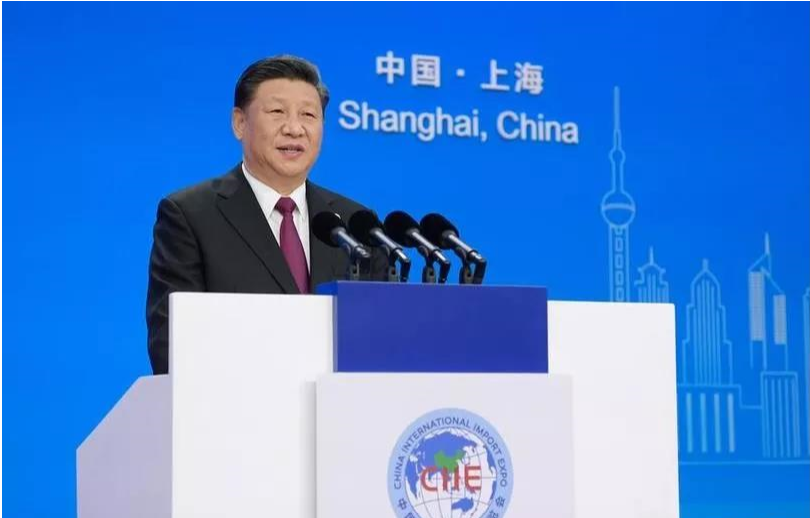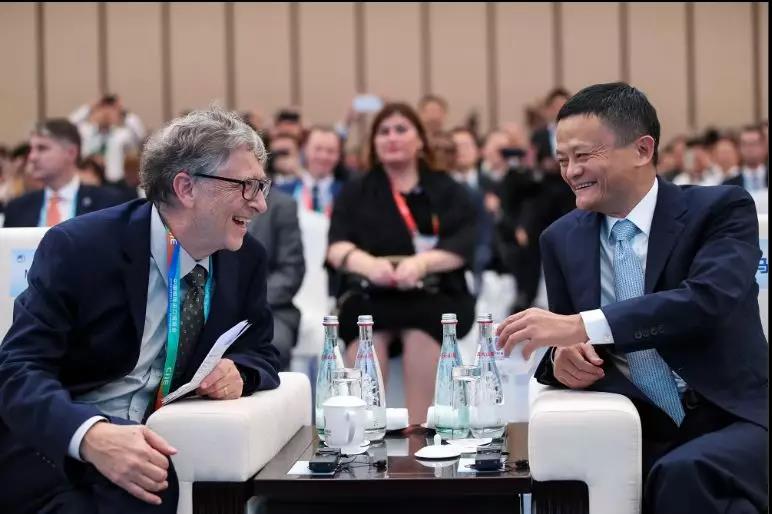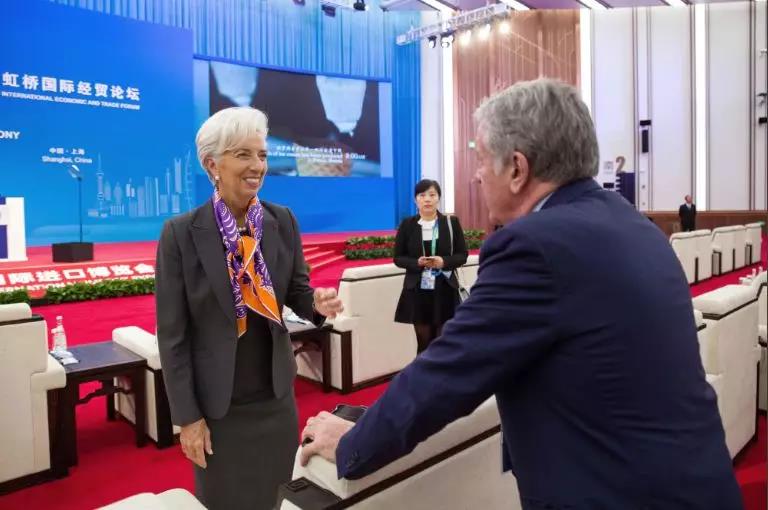In November 5, 2018, the first China International Import fair was held in Shanghai.
This is not only the closing work of China’s home diplomacy this year, but also the second largest economy in the world against the background of uncertain prospects for global economic growth, declining investment and slowing trade growth, especially the rise of trade protectionism in some countries, global economic integration and serious challenges to the multilateral trading system. How the world’s largest exporter and second largest importer view current global trade and future development, and how to maintain the open order of global multilateral trade with their own practical actions.
At the opening ceremony, Chinese President Xi Jinping delivered a keynote speech entitled “Building an innovative and inclusive open world economy together”, which once again clearly voiced China’s opening up, and put forward a series of clear and pragmatic measures to open up to the outside world.
This undoubtedly clearly shows to the outside world that China will continue to integrate into the world market by expanding its openness, and share the dividends and future of development with the world through innovation and inclusive and inclusive development.
Since the global financial crisis in 2008, although global trade has achieved restorative growth, trade growth is no longer the core driving force and leading indicator of world economic growth.
In the past 2017, Global trade grew by 4.7%. This is also the biggest increase in the past six years. However, since 2018, due to various complex factors, the ring ratio of Global trade growth has declined significantly.
In terms of imports, in the second quarter of 2018, Asia grew – 1.4%, Europe grew 0.3%, North America grew – 0.1%, and Central and South America grew 1.4%, while in terms of exports, Asia grew – 2.2%, Europe grew 0.7%, North America grew 3%, and Central and South America grew – 2.4%, showing regional imbalances.
In terms of the ratio of Global trade growth rate to global GDP growth rate, the average level fell back to about 1 in 2008 after the global financial crisis, much lower than the average level of 2.5 in the “golden age of trade” in the 1990s.
As one of the driving forces of Global trade growth, global foreign direct investment (FDI) declined at a turning point in 2015. In 2017, global investment declined by 23%. Among them, cross-border “green investment” declined dramatically, which made the prospects for long-term trade growth globally, especially in developing countries, dire.
Therefore, in the current situation of unbalanced and polarized global economic growth and fragile stability of Global trade growth, Global trade growth is in urgent need not only of new dynamic mechanism input, but also of tapping and expanding potential markets.
The first China International Import Expo was held at the right time. It is undoubtedly the hope of the sustainable growth of World Trade and a new driving force mechanism for the current growth of Global trade to expand China’s external demand through the institutional arrangement of special imports and the establishment of a “6+365″ sustainable operation platform at the same time.
Analyzing the current worries and uncertainties of global investment and trade growth, we can see that after the rapid globalization in the 1990s, especially after the release of dividends from regional integration such as the European Union, the North American Free Trade Agreement and ASEAN, the dynamic mechanism of global investment and trade growth has been dissipated and declined.
How to further open up the space for global investment and trade requires countries to consult and coordinate in an open and inclusive manner.
From the current arrangement and design of the global trade mechanism, we can also see that since the global signing of 25 free trade agreements in 2014, the scale and effectiveness of regional and bilateral free trade agreements have declined significantly.
This not only makes the global trade growth lack of institutional safeguards, but also reflects the increase of Global trade protectionism and unilateralism. This will threaten the global free trade system and multilateral trading system established after the war.
We should see that closure, conservatism and isolation are never panaceas for solving global and our own problems. Historic experience has proved that only through openness and inclusiveness, and ultimately achieving inclusive development, is the fundamental way to good governance in the world.
In fact, as far as globalization and economic integration are concerned, the establishment of global industrial chains is not only a reality that meets the market rules of factor division across countries and regions, but also a basis for the sustained growth of the world economy and the expansion of global trade. Any policy based on isolation and conservatism will not change the law of the market itself, nor will it bring hope and well-being to the people of our country and the world.
The convening of China’s Expo is a clear response to the current global conservative trend of thought, which also fully reflects China’s responsibility as an international power.
Considering the course of China’s reform and opening-up, we can see that China, as the largest developing country in the world, integrates into the world through its own opening-up and gradually embeds itself into the world industrial chain by absorbing foreign capital. China’s development is an integral part of the world’s common development and the result of the expansion of opening-up.
China, which has developed and gradually become wealthy through reform and opening up, has nurtured nearly 400 million middle-income groups. Their pursuit of a better life enables them to improve their living standards and quality and to accept more products from the global market.
At the same time, the transformation of China’s economic growth model from investment and export-driven to consumption and high-end manufacturing also needs to be achieved by expanding imports.
In order to demonstrate China’s determination to expand imports, at the opening ceremony of the Expo, Chinese President Xi Jinping solemnly announced that China’s imports of goods and services are expected to exceed US$30 trillion and US$10 trillion in the next 15 years, respectively.
In 2017, global merchandise imports amounted to more than 17 billion US dollars, and the service was more than 5 billion US dollars. Obviously, this will provide huge market space for Global trade. In addition, China will continue to relax market access, especially the opening of the service market. This will provide a high level of investment and foreign trade activities in open space, and create a business environment in line with international standards.
A series of measures, such as strengthening the protection of intellectual property rights and exploring the deepening reform of differential free trade pilot zones, will greatly guarantee the expansion of China’s open space in terms of system and policy design.
We believe that the release of China’s market size and potential, especially the release of policy and institutional dividends, will provide new platforms and opportunities for the current weak global investment and trade growth.
Needless to say, whether in terms of the scale of the exhibition, the coverage and hierarchy of the commodities involved, or in the design of the parallel forum of the exhibition, as a pioneering work of the world’s special import exposition, the entry into the exposition will surely be recorded in the history of the development of global economy and trade.
China has shown the world’s determination to expand its opening and integrate into the world through holding the Expo. China’s pragmatic actions to promote the prosperity of World Trade and more open, innovative and inclusive world development have contributed to China’s plan.
Post time: Nov-09-2018




